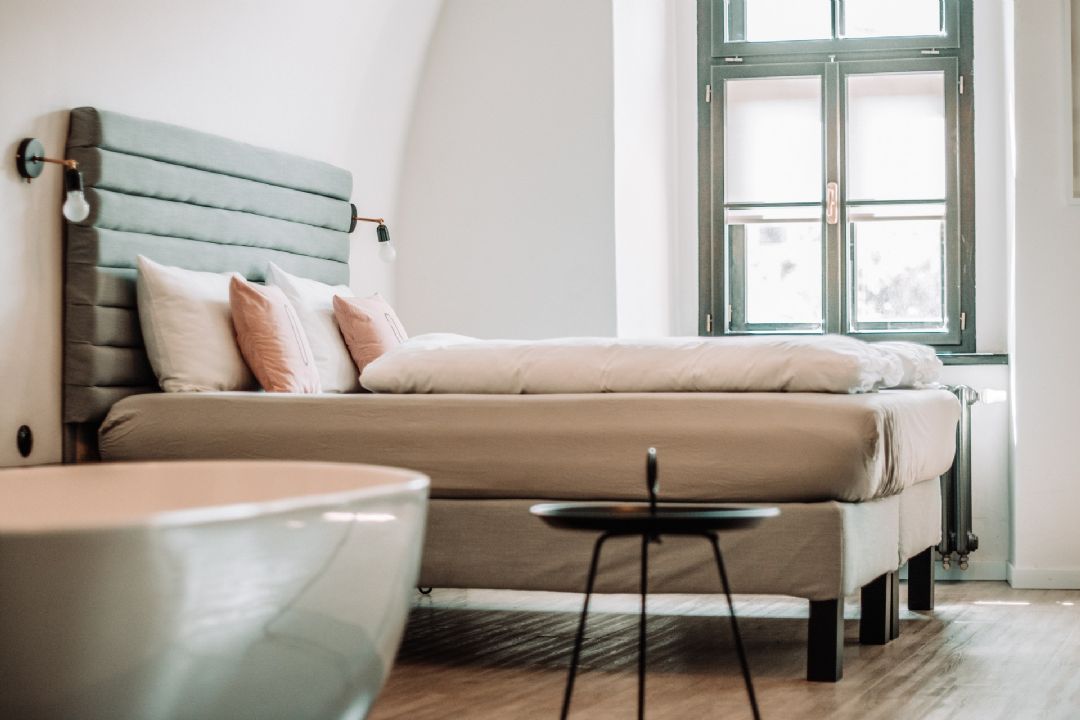
Creating Your Dream Spanish Bedroom
9/21/2023
Many people are choosing to move abroad, whether this be part-time for a holiday home or full-time during retirement or for a change. Spain is a frequently chosen destination because of its incredible food, warm temperatures, and interesting cities and beaches. Many people moving to Spain will have come from somewhere which is not as hot, meaning there will be a bit of an adjustment period to the heat. It is important to design your house and particularly your bedroom appropriately, to make sure that your dream bedroom is not only beautiful but practical. These are some things you must consider: Buying Comfortable, Good Quality Furniture Buying comfortable furniture seems like an obvious one, but many people do not read reviews properly or look at the various options before purchasing and end up disappointed. Having comfortable and good quality furniture initially may involve spending more money, but it will not need to be replaced as often, so ends up saving you a lot. This is also the more sustainable option and will create less waste. Buying a nice double bed frame is essential and will make your sleeping experience much more pleasant. Consider what you require from a bed frame – what kind of headboard do you like? Do you prefer metal or wood? Another great thing to invest in is a good quality TV stand, which will let you kick back and relax, comfortably watching television without craning your neck before going to sleep. Keeping Your Room Cool And Aired Out The Spanish heat can be intense, both during the day and at night and you absolutely do not want it to prevent you from resting well. Therefore, you should do your best to keep your room cool and aired out where possible. This may involve having a minimalist design with a light color, which will make it feel light and airy. Additionally, having some good fans will be an absolute lifesaver – there is nothing worse than a stuffy bedroom. You could even have a roof fan installed if you want the maximum comfort and want to avoid the hassle of aiming your fan at your bed each night. Buying Good Quality Curtains Many people living in Spain take a siesta, which allows people to rest during the heat of the day. This is a schedule that may be initially hard to adjust to, but it will be more convenient if you follow the habits of the locals, as this often determines the opening times of shops and local businesses. However, this means you will need some good quality curtains to keep out sunlight during the heat of the day and allow you to rest. Getting some blackout curtains will be your best bet – these will make it feel like it is night time even during the middle of the day. Living in Spain will give you an incredible lifestyle and will allow you to fully immerse into the culture, in a way that is more in-depth than simply seeing it for a week during a vacation. Ensure your house and bedrooms are comfortable and you will be living the dream!
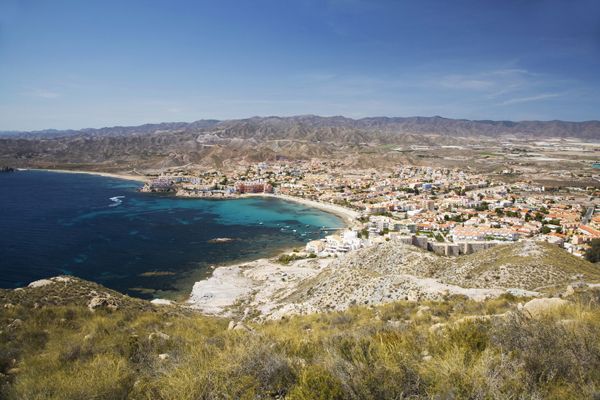
Buy a home on the Costa Cálida: discover Murcia!
7/4/2023
Murcia’s rich history makes it a fantastic city to explore from your holiday home on the Costa Cálida. Surrounded by mountains, Murcia is an historic place with fertile plains and more than 2,800 hours of sunshine each year. Founded in 831 by the Emir of Córdoba, a walled city grew from the initial founding on the Segura River under the name Mursiya from whence comes the name Murcia. The Moorish history of the city is easy to see, even today. Parts of the old city walls remain and a fascinating place to visit is the Almunia Real, the second residence of the Moorish royal rulers. In the 13th century as Moorish rule wained in Spain, Catholicism started to make its mark, the historical sites can still be seen today. An essential visit to the Cathedral and the 18th century Episcopal Palace in the city’s old town will take you to the streets where old craftsmen worked. Known as the guild streets, you can find streets named after silversmiths (Plateria), drapers (Traperia) and glassworkers (Vidrieros). The Baroque churches of La Merced, Santa Ana and Santo Domingo reinforce even further the rich history that this often overlooked Spanish city boasts. For food lovers, Murcia is a cuisine paradise. Food and vegetables from across this fertile region are easy to find in local markets and family-run shops. They are used in traditional casseroles and the pisto huertano fried vegetable dish. Pair them with locally produced quality DOC wines such as DOC Bullas, DOC Yeclas and DOC Jumilla for the perfect taste sensation. When you want to get away from the city, head to the Costa Cálida for Mediterranean sunshine along the 250km coastline. There is an array of activities for you to enjoy including scuba diving, snorkelling, sailing, windsurfing and kayaking. La Manga del Mar Menor, known locally as La Manga, is famous for its golf resorts and upmarket activities. From sailing to fine dining La Manga has something for every age, making it the ideal place to buy your home in the Spanish sunshine. ImmoVario offers lots of nice property for sale in the Costa Cálida. We invite you to have a further look on the website! Sources Spain.info Tripadvisor.com
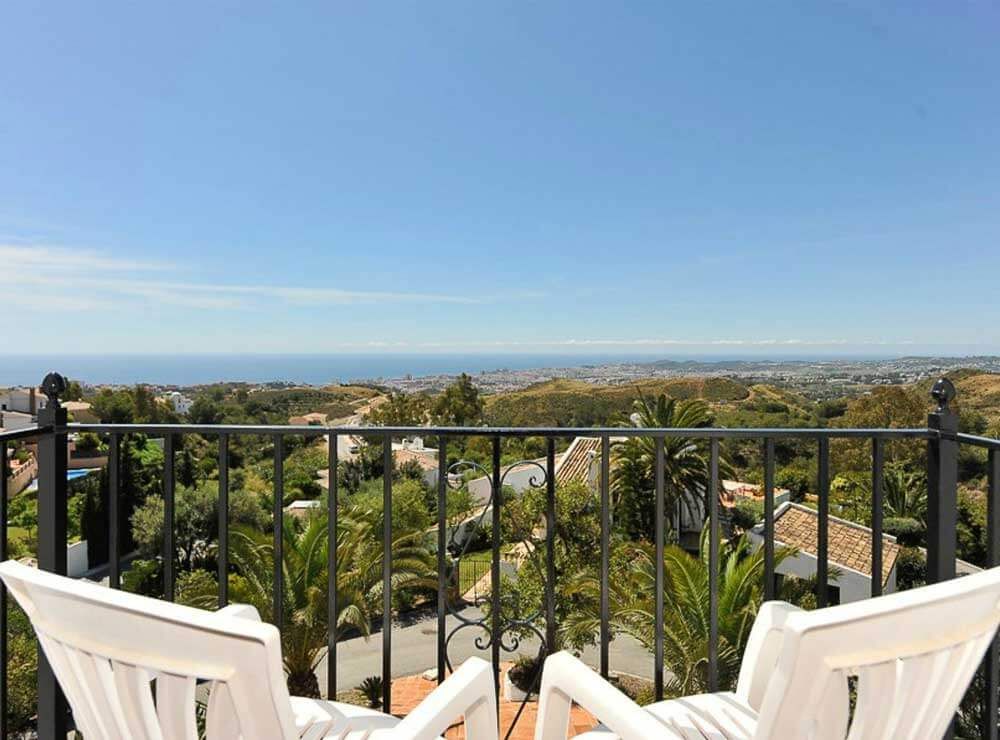
The Costa del Sol's best views
6/5/2023
If you have a holiday home on the Costa del Sol you will perhaps be used to waking up on a morning and enjoying breakfast with a wonderful view of the sea or the stunning countryside. There are some fantastic viewpoints (mirador in Spanish) from which you can see some of the best sights or city views on the Costa del sol. Here's just a few of them. Monte de San Antón viewpoint The mirador del Monte de San Antón is found to the east of Málaga, near to the El Palo Beach (Playa El Palo). Topped by the cross of San Antón, there are various viewpoints fro which you can enjoy the view as you climb to the top. Once at the top, this mirador has views of both Málaga town and the Mediterranean Sea, all from just one location! The Alcazaba viewpoint, Málaga city centre Opened in October 2017, the Alcazaba viewpoint in the centre of Málaga is the perfect place to visit for those enjoying a day in the centre of Málaga, whose shops and restaurants are as much of a pull as its cultural hotspots. Views of the modern ciy contrast with those of the Roman theatre, the old city walls and the cathedral. the walk to the Alcazaba viewpoint is accessible from calle Cilla and calle Nuevo Mundo. For those with extra energy, the Gibralfaro Castle boasts even more fantastic views over the port and out to sea. Comares - the Costa del Sol balcony The village of Comares, once a Moorish village, located 703 metres above sea level in the foothills of the Montes de Málaga is one of the villages which form Andalucia's white villages. With a castle, fortress and winding, maze-like streets, it is a pretty village for an afternoon away from the sea in Málaga. With views out to the valley below, it's the ideal location to see the white villages which lay in its path. Touch the sky at Ronda's Puente Nuevo They say that you can reach out and touch the sky from the viewpoint at Ronda's Puente Nuevo. First constructed in 1735, it was destroyed six years later but rebuilt into the bridge you can visit today, connecting old and new Ronda, helping the town to grow both in size and in terms of economic importance. It is a whopping 98 metres in height and built with stones from the Tajo de Ronda, a gorge and ravine which is also worth a visit. If you are looking to buy your own holiday home on the Costa del Sol, contact us for the ideal home for you from our experienced network of estate agents in the area.
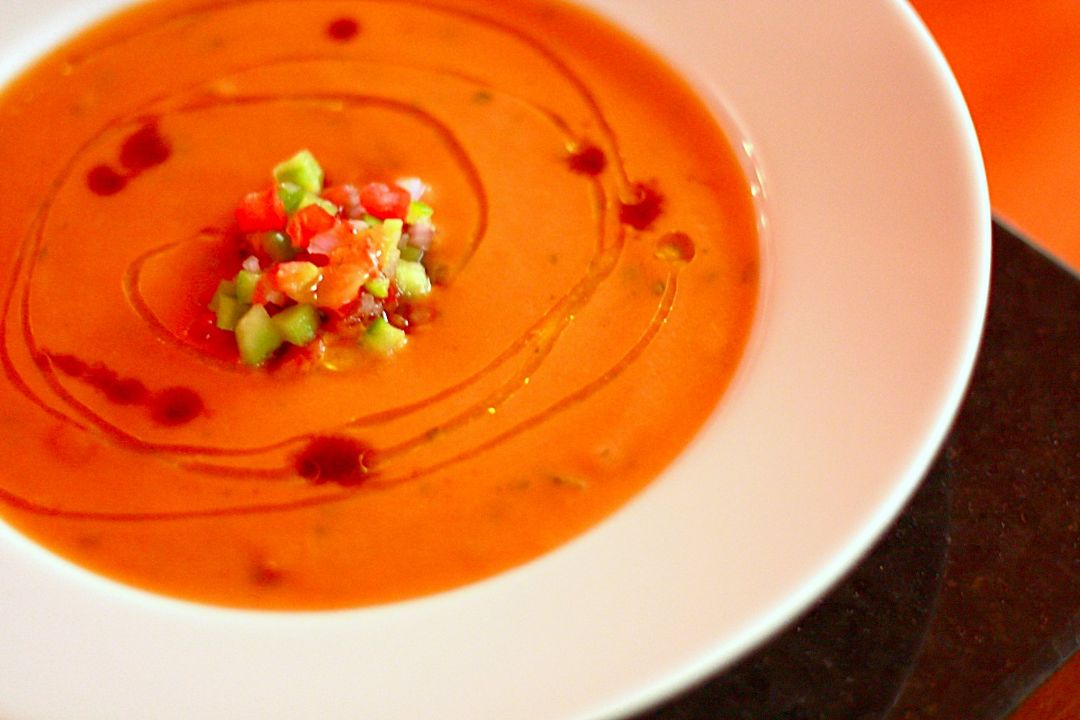
Chilled Spanish soup for steaming hot days
5/23/2022
One of Spain’s classic summer dishes, Gazpacho is a cold, chilled soup, perfect for when the temperatures rise. Prepared in advance and served chilled, Gazpacho is packed with fresh tomatoes, garlic and lashings and lashings of olive oil. It is believed that Gazpacho was brought to Spain by the Moors, whose presence in Andalucía, the region which is famous for its Gazpacho, lasted until the Discovery of America in 1492 – a year of great change in Spain. Andalucía is still the traditional home of Gazpacho and this dish is a particular favourite in Seville and Cordoba. There are many variations on Gazpacho with more modern ingredients added as an alternative to the traditional recipe, or even fruit based Gazpachos which use melon as a principal ingredient for the ultimate in cool, summery, fruity taste sensations. The riper the ingredients used in Gazpacho, the better. Gazpacho is a mix of stale bread, tomatoes, peppers, water, olive oil, salt and black pepper. If you’d like to try making a Gazpacho to enjoy on the terrace or balcony of your ImmoVario home in Spain, here is our recipe, adapted from the BBC’s recipe. Ingredients 1 chopped onion 2 chopped garlic cloves 1 chopped, deseeded red pepper 4 very ripe tomatoes 1 slice of white bread, without the crusts, in small pieces, ideally one or two days old 500ml passata 300ml of vegetable stock 5 tablespoon of olive oil, plus extra for adding once prepared 4 tablespoon of wine vinegar Salt and pepper to season Preparation method Mix the chopped onion, pepper, tomatoes, garlic and bread in a food processor and blend until finely chopped but not smooth. Place the blended ingredients in a large bowl and add the 5 tablespoons of olive oil, passata, stock and wine vinegar. Season with salt and pepper. Mix well then place in the fridge for at least two hours, or overnight if possible so the ingredients develop an even richer flavour. To serve, pour into individual glasses and add a little olive oil. Serve with bread. If you like a glass of wine with your soup, a wine that can be sipped easily is normally recommended. A wine from Spain, such as Albariño, an unoaked Rioja, a Rueda or a fino Sherry go particularly well and will be readily available in a local shop. Sources: Theguardian.com Foodandwine.com Bbcgoodfood.com Matchingfoodandwine.com Would you like to enjoy more tastes of Spain and have your own dream home over there? Click at this link: property for sale in Spain
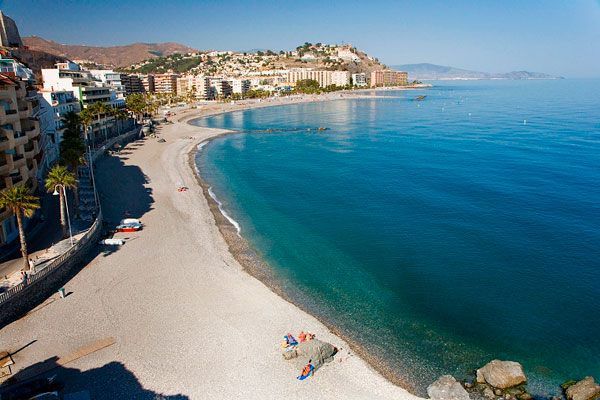
Top Reasons to buy a home in the Granada Area
1/31/2022
At the bottom of the Sierra Nevada Mountains, between Darro and Genil rivers, is a sparkling city, which boasts of its impressive Als-Andalus heritage. On this sight you will also come across renaissance archaeological gems as well as modern facilities, ideal for the 21st century. The Granada area is one of the main attractions in Eastern Andalusia due to its unique Moorish essence. This was the last city to face the conquest of Catholic Monarchs in 1492. With captivating artwork and gastronomy all over, you will find a great place to visit whenever you are out to explore and learn new things. Granada is rich in history and culture, something that makes it one of the most worthwhile places to visit in Spain. The Albacin, which is among Spain’s UNESCO-listed Heritage Sites, is a historic quarter that was occupied by the Arabs. With picturesque lanes and whitewashed homes, the Moorish atmospheric character is conveyed. The region was once fortified with defensive walls, which can be viewed perfectly from Cuestas de la Alhacaba a short distance from the Puerta de Elvira, which was put up in the 9th century. You can also pay a visit to the Gypsy Quarter, which is a fascinating place you should include in your list of places to visit while in Spain. The presence of the Gypsy in Granada dates back to 1532, with dwellers settling in Sacramonte caves, which is also a spectacular place to visit. You will enjoy the artistic beauty presented in the Gypsy homes, which were built with creativity and strength to endure all forces. In the Upper region of Calmino del Sacramonte, you will find some of the best kept caves, where you will learn about the ancient communities of Granada. Sacramonte has among the best views in Granada, and visitors have been able to appreciate the beauty of the region. This has earned the areas within the Gypsy Quarter a lot in terms of development, which has been effected to answer the rising need to create comfortable places for visitors. You can also meet great guides, who will educate you about the culture of Granada. Also while in Gypsy Quarter, don’t forget to visit the Benedictine Abbey of Sacrasmonte, which was built between the 17th and 18th centuries. You can get guided tours to Abbey between 11am to 1pm and 4pm to 6pm. On this site, there are several caves, which showcase precious relics. If you are a lover of religious events, you can attend the Conquest Day, which happens on January 2nd. The event is celebrated to commemorate the Catholic Monarchs conquest of Granada in 1491, and this is a live event you will feel part of. The Granada area is also known as the "Costa Tropical". ImmoVario offers nice property for sale in the Costa Tropical. Have a look at our offer to enjoy the rich amount of options in this wonderfull region.
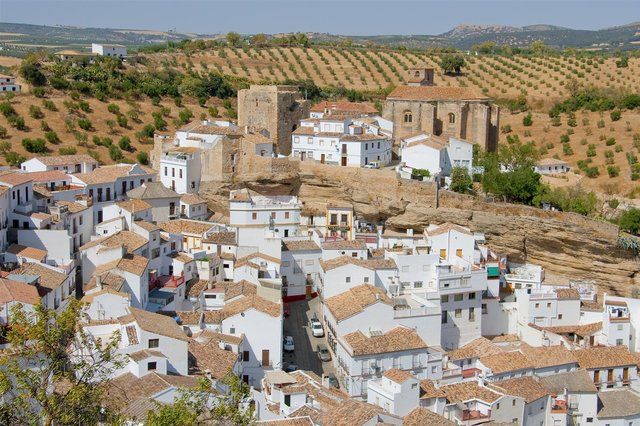
Setenil de la Bodegas - a different pueblo blanco
6/14/2021
The pueblos blancos of Andalucia provide an opportunity for any budding photographer to really get to grips with their camera. Hilltop locations, whitewashed houses, ruined castles and local cafés serving chilled beer on a hot Andalucian day spring immediately to mind. You have probably already visited the most famous one in Ronda, in the Malaga province, but if you look further afield, there are some stunning villages with less tourists in the province of Cadiz. The names of the pueblos blancos in Cadiz normally offer us an insight into the history of the town, often built to defend the territories of the Muslims and Christians during periods of battle in Spanish history. For example, those bearing the word frontera were border towns. Recognised amongst the pueblos as the only one of its kind, Setenil de las Bodegas is also one of the most charming. Located above the River Trejo to the north west of Ronda, Setenil de las Bodegas takes its name from the wineries (bodegas) which used to be found in the village. Established by the Christians in the 15th century, the town's economy and population grew from the production and sale of olives, almonds and vineyards. This lasted until the mid-nineteenth century when the the vines were wiped out by Phylloxera which damaged vineyards across Europe. Unlike other pueblos blancos, the houses here are built into the rocks and caves, with olive groves and almond trees to be found on the rock rooves of the houses. The natural formation of these rocks and caves combined with the houses creates an undulating effect throughout the town with something new to be found where even the tiniest of streets meet another one. Setenil de las Bodegas is the perfect destination for those who love food. Setenil de las Bodegas has an outstanding reputation for fine chorizo, sausage, pork, cakes and pastries and fruit and vegetables are sourced from local villages. Cuevas del Sol street and the neighbouring Cuevas de la Sombra street are where you'll find the biggest selection of local bars for fantastic food for when your stomach starts rumbling. Once you’ve enjoyed the locally produced meats, cake and fruit, why not work off the calories with a stroll to the ruined Moorish castle for even better views of the town or by visiting the church of Nuestra Señora de la Encarnación. Just a short drive from our holiday homes for sale on the Costa de la Luz, Setenil de las Bodegas is a lovely day out no matter what time of year it is. Sources Andalucia.com Cadizturismo.com picture: Cadiz Tourism
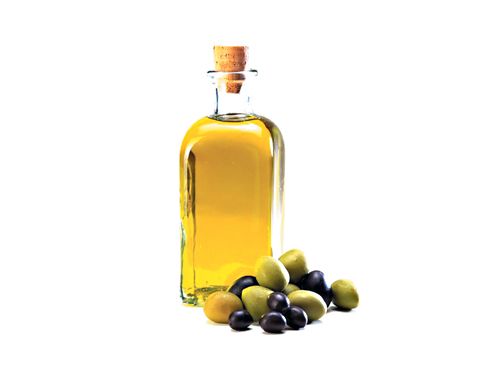
Olive oil – the essential elixir of Mediterranean life
1/29/2021
Do you want to spent (more) time in Spain to enjoy this healthy way of living? We offer you a large selection of property for sale in Spain........al to life in Spain as wine, sunshine and family. The largest producer of olive oil in the world, Spain has been recognised year after year for the quantity and quality of this elixir of the good life. Over 300,000 tonnes of Spanish olive oil are exported every year, meaning that if you're drizzling it on your salads, mixing it with handmade pizza dough or enjoying it with cheese and wine in your own country, then you're in very good culinary company. Of course, the ideal location to partake in olive oil at meal times is from your very own home in Spain. A cornerstone of the healthy Mediterranean diet, olive oil, particularly Extra Virgin Olive Oil and Virgin Olive Oil, are recognised by chefs, doctors and researchers for their benefits as part of a daily diet. For the purest in olive oil choose Extra Virgin Olive Oil which is perfect for drizzling on salads and cooking with. Go one step further and look after your skin and hair with products containing olive oil, also readily available near your Spanish home. Nourishing, natural and used for centuries, olive oil moisturisers and shampoos moisturise on the outside, building on the nutritional benefits of the olive oil you enjoy on or in your food. Olive oil can be bought in Spain directly from local producers – both large and small. The majority of olive oil produced in Spain comes from the Jaén province in Andalucia where the temperatures reach the required highs to grow healthy, tasty olives. Take a journey through this part of Spain to see olive trees planted as far as the eyes can see. As well as this commercial growth, many people have olive trees planted near their own vines, or you can also buy from boutique producers and of course, in the supermarkets. Pair your Spanish olive oil with tomatoes, toasted bread and garlic for the famous Spanish 'pan com tomate' breakfast or enjoy it with more tomatoes, chorizo and a glass of local wine at lunch time. Do you want to spent (more) time in Spain to enjoy this healthy way of living? We offer you a large selection of property for sale in Spain on ImmoVario. You can use our ImmoVario searchservice to be kept informed about new offers that might satisfy your wishes! Sources: Oliveoilfromspain.com Bestoliveoils.com Oliveoiltimes.com
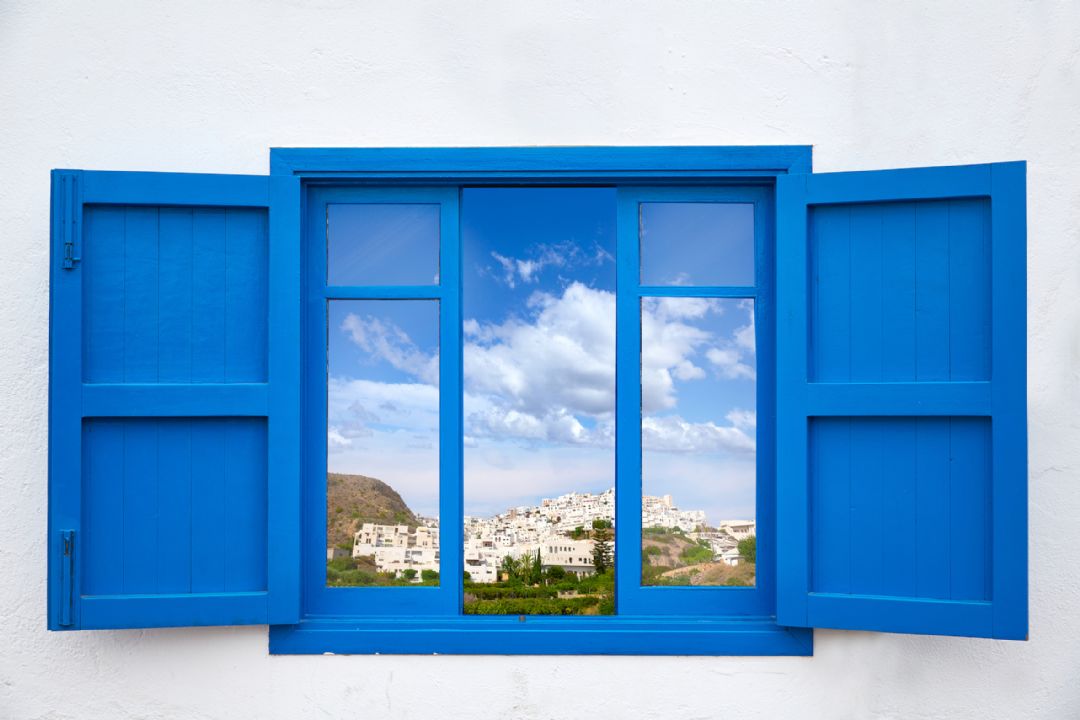
Almeria - excellent property investment opportunity
11/24/2020
Spain's Costa de Almeria represents a great find for both the investor and homeowner alike. With home prices at snap-me-up-now prices and a city steeped in history, head there now to find your dream home in the south of Spain. An extensive list of low-cost airline routes link Almeria to the rest of Europe. Located just 9km from the centre of Almeria, the airport is well placed for anyone wanting to get to the centre of town or further afield. Like most of Andalucía, Almeria basks in the glory of the Mediterranean sun with peak sunshine hours and temperatures in July and August. Almeria's climate is temperate all year round with lows of just 13 degrees in January. With little rainfall throughout the year, Almeria is the ideal destination for anyone wanting to escape to the sun, even just booking a few days before. If it's history you're after, Almeria's tiny streets and Moorish history set the scene for a place to explore at your leisure. The Alcazaba is the second largest Muslim fortress in Andalucia behind the Alhambra in Granada, another city that should definitely be on your agenda if you're looking to research the area's fascinating history and if that's not quite enough for one day, the shops and tea houses of Andalucía, easily found in Almeria, are such a gem that they'll win convert even the most adamant of coffee drinkers... Beachlovers are guaranteed to find a beach that meets their every need. One of Almeria's most famous beaches is Vera Playa, a naturist beach. In addition to Vera Playa there's a whole host of beaches reminiscent of those in the Caribbean on the Almerian coast. From Playa San Miguel to La Cañada and Playa Retamar, sandy white beaches and tranquil clear blue seas are a welcome break from the daily heat of a a costa that's bathed in the Mediterranean sun all year round. Added to this, there's one other advantage, budget conscious buyers need apply! Slightly further inland from the coast we have a selection of excellent properties at outstanding value prices, making your Spanish dream home an opportunity that is simply not to be missed. Contact the agents directly by using the contact form of each listing and discuss with them your home away from home requirements. Click on the link: Houses for sale Costa de Alemeria or Apartments for sale Costa de Alemeria to see the extensive selection of affordable property currently on offer. Sources: holiday-weather.com andalucia.com choose-almeria.com
